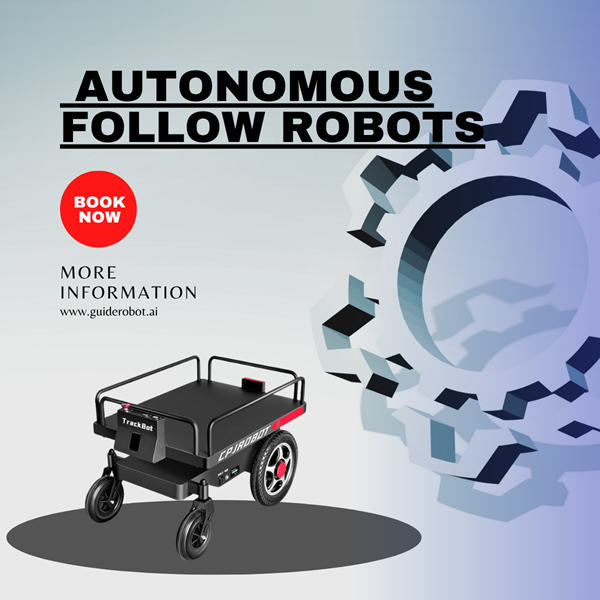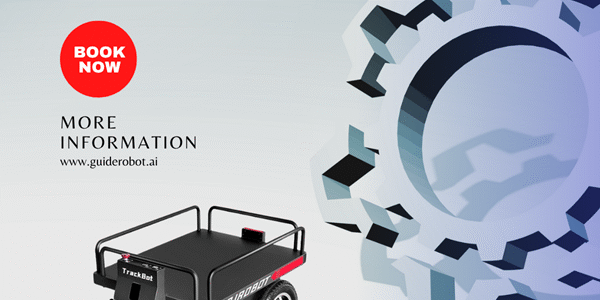In the rapidly evolving landscape of industrial innovation, a silent revolution is transforming how we perceive material handling and logistics. Imagine a world where heavy loads move seamlessly, where complex transportation challenges dissolve with a touch of technological brilliance. This is the world of TrackBot, an intelligent following robot that is redefining the boundaries of autonomous mobility.
The industrial sector has long grappled with inefficient material transportation, facing challenges of manual labor, time-consuming processes, and increasing operational costs. TrackBot emerges as a groundbreaking solution, bridging human intelligence with robotic precision to create a symbiotic working environment.
At its core, TrackBot represents more than just a machine; it’s an intelligent companion designed to understand and adapt to diverse industrial environments. With its advanced AI-powered navigation system, the robot can track and follow human operators with centimeter-level precision, transforming traditional material handling methods.

Manufacturing facilities, from semiconductor production lines to automotive assembly plants, are experiencing a paradigm shift. TrackBot’s ability to autonomously navigate complex environments, avoid obstacles, and transport up to 100kg of materials has made it an indispensable tool in modern industrial settings. Its compact design, measuring just 1.2m × 0.8m × 1.1m, allows it to maneuver through narrow corridors and tight spaces where traditional transport methods would struggle.
The robot’s environmental adaptability is equally impressive. Designed to operate in temperatures ranging from -20°C to 50°C and boasting an IP65 protection grade, TrackBot can function seamlessly in diverse scenarios – whether it’s an open warehouse, a chilled storage facility, or a complex manufacturing workshop.
Safety remains paramount in TrackBot’s design. With collision warning systems that respond within 0.2 seconds and an emergency braking distance of just 0.3 meters, the robot ensures maximum protection for both human workers and surrounding equipment. Its four-wheel independent drive system enables navigation across uneven terrains and slopes up to 15 degrees, further expanding its operational versatility.
Real-world implementations have demonstrated remarkable efficiency gains. In one notable e-commerce case study, the deployment of 50 TrackBot units reduced order processing times from 48 to just 6 hours while simultaneously decreasing labor requirements by 60%. This represents not just an incremental improvement, but a transformative approach to industrial logistics.
Beyond traditional manufacturing, TrackBot finds applications in healthcare, research facilities, and advanced logistics. From transporting delicate medical equipment to supporting complex laboratory operations, the robot’s adaptability knows no bounds.
As we stand on the cusp of a new industrial era, TrackBot symbolizes more than technological advancement. It represents a future where human creativity and robotic efficiency converge, where intelligent machines become true partners in our quest for operational excellence.
The journey of material handling is being rewritten, one autonomous step at a time. TrackBot isn’t just moving materials; it’s moving industries towards a smarter, more efficient future.
Keywords: Intelligent Following Robot, Autonomous Logistics, Industrial Robotics, Smart Material Handling, TrackBot Technology






